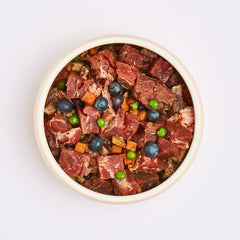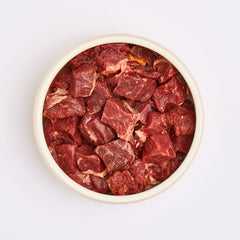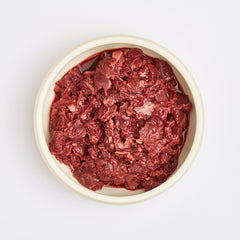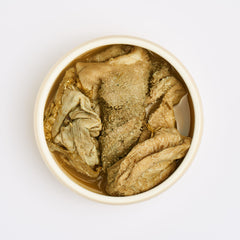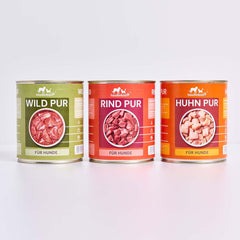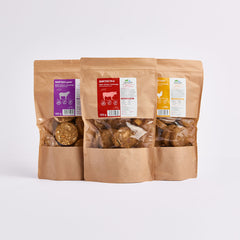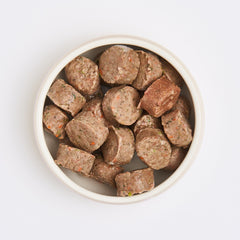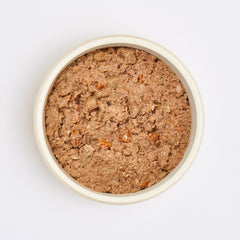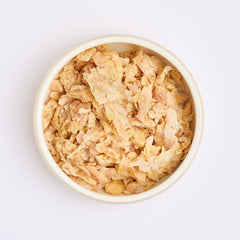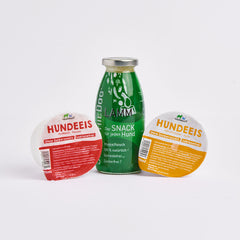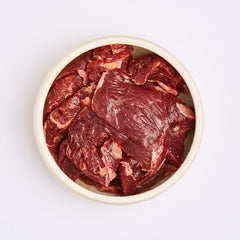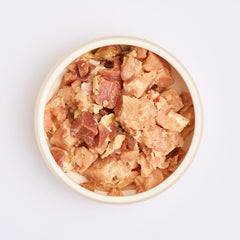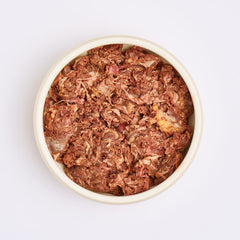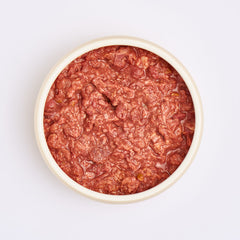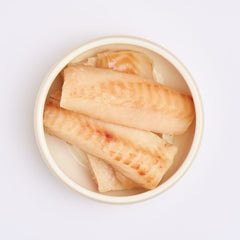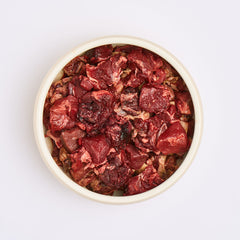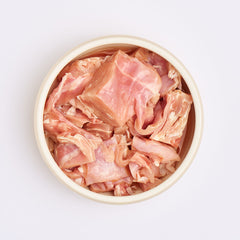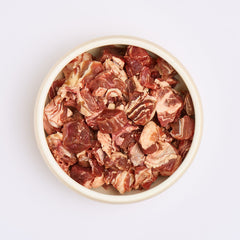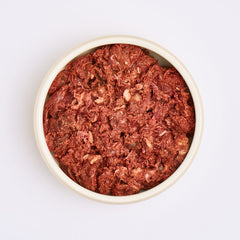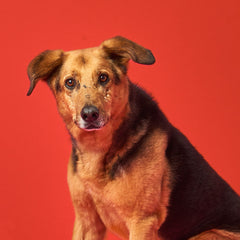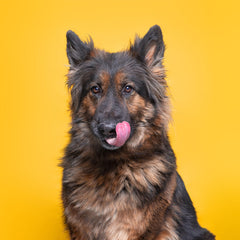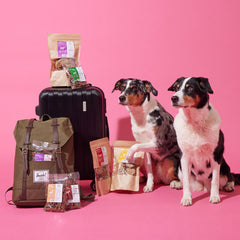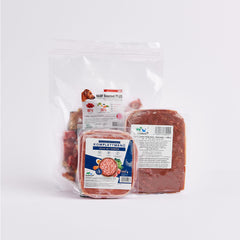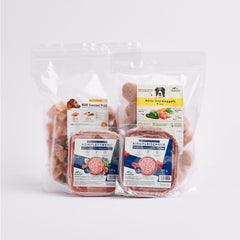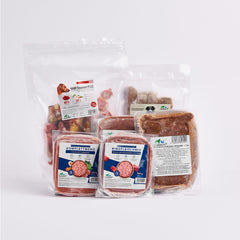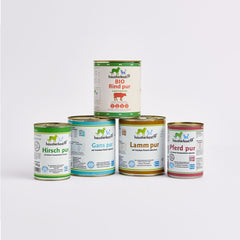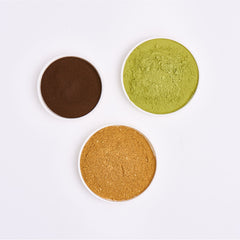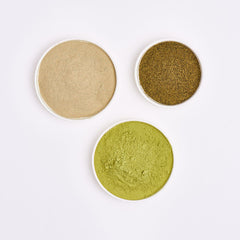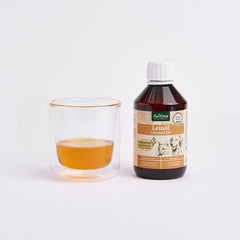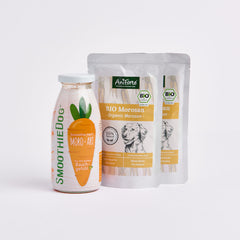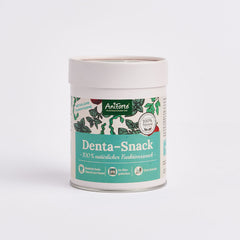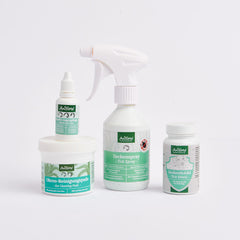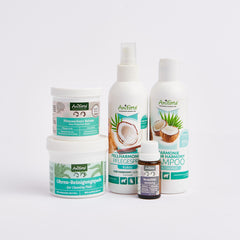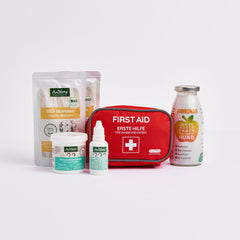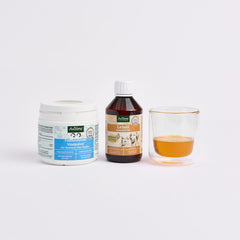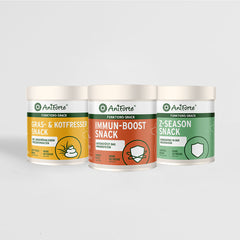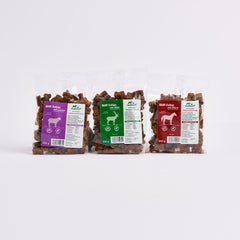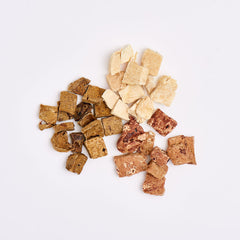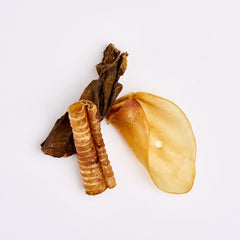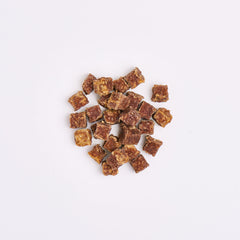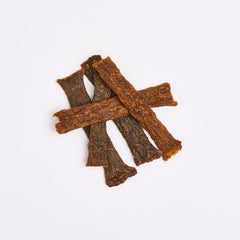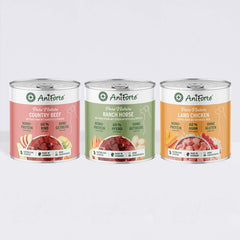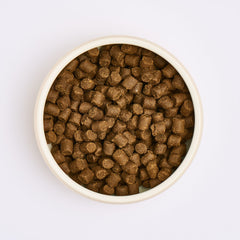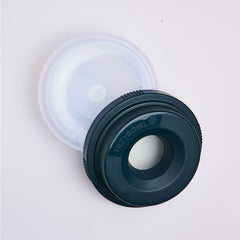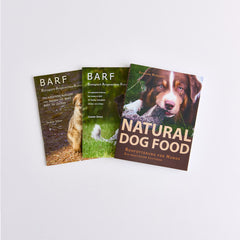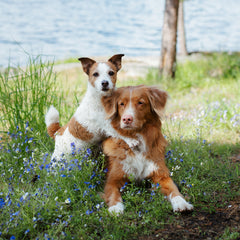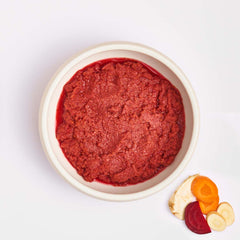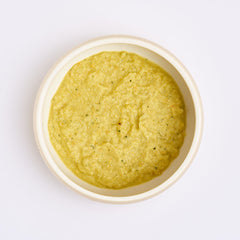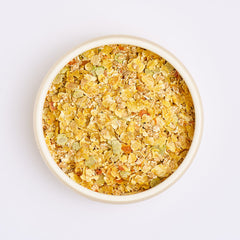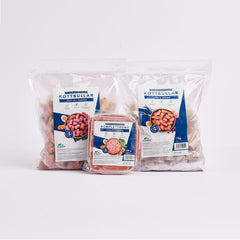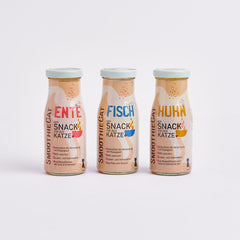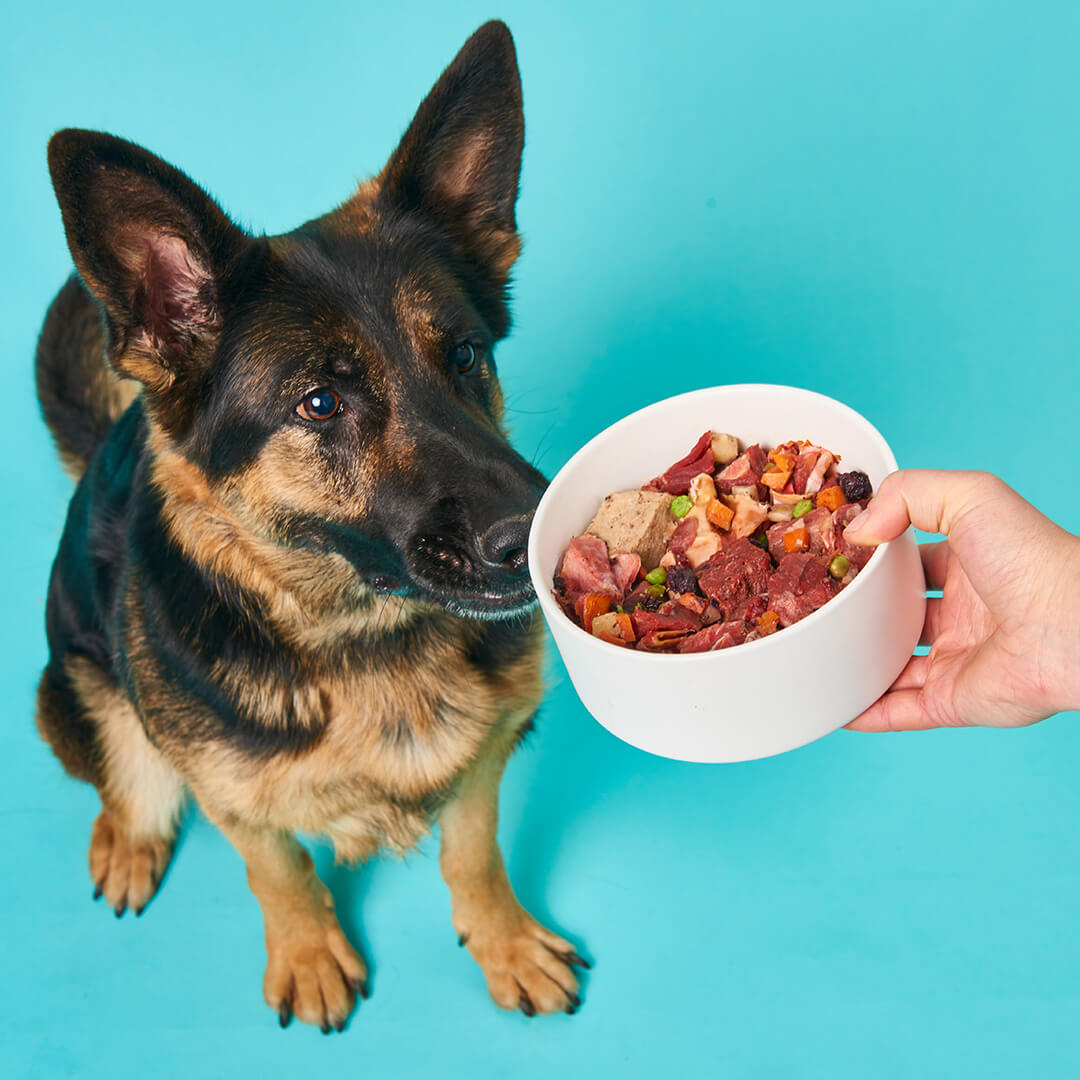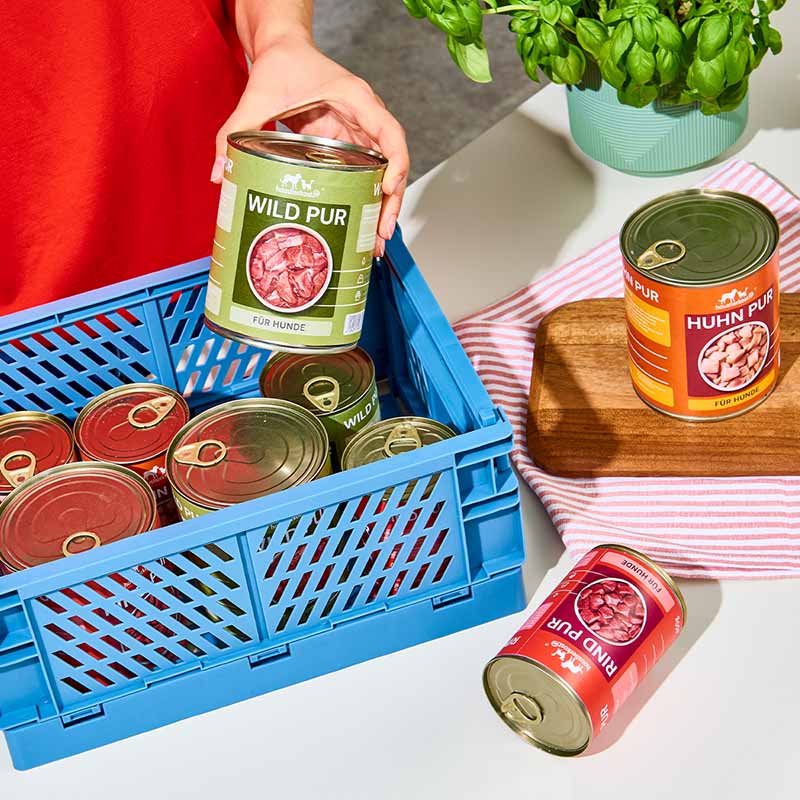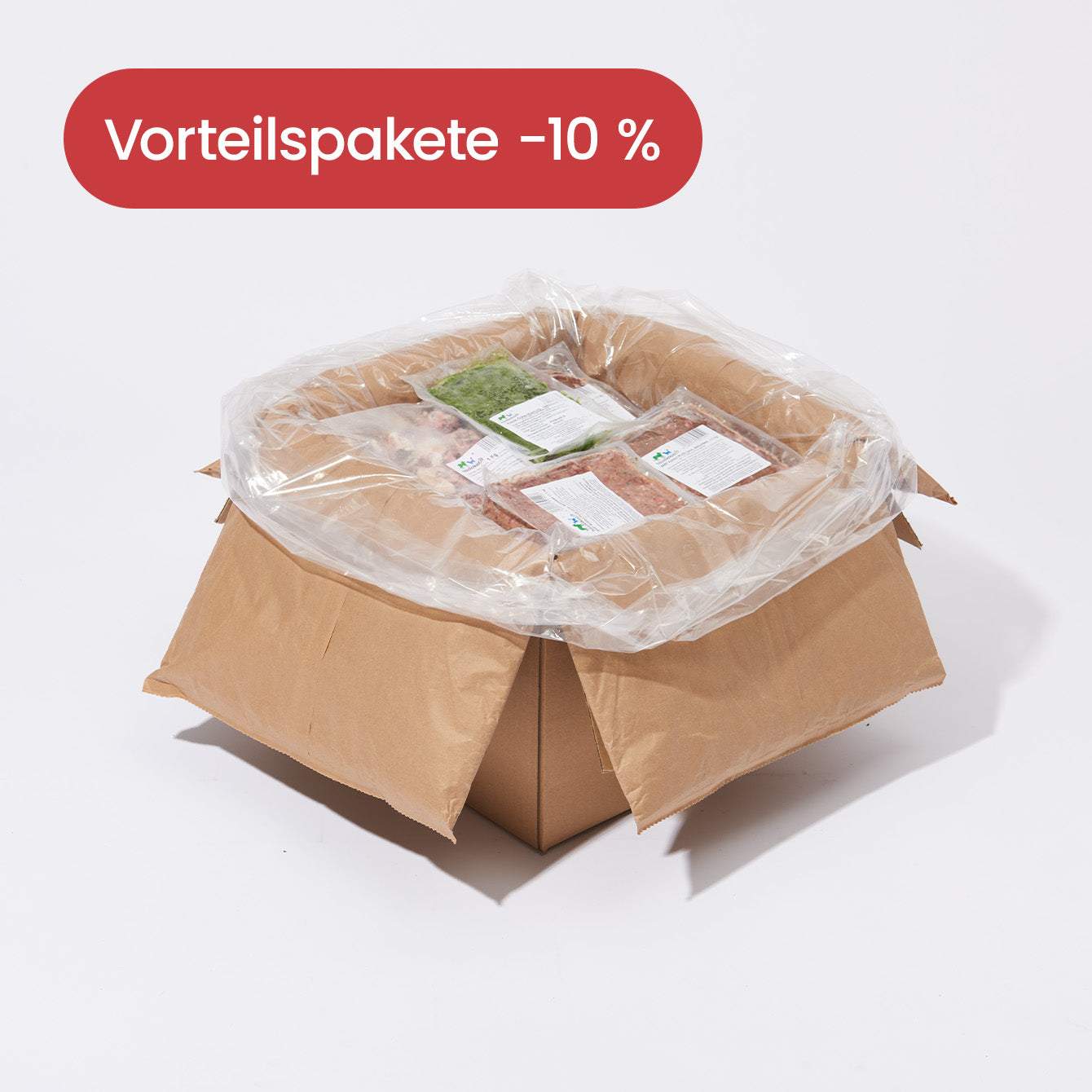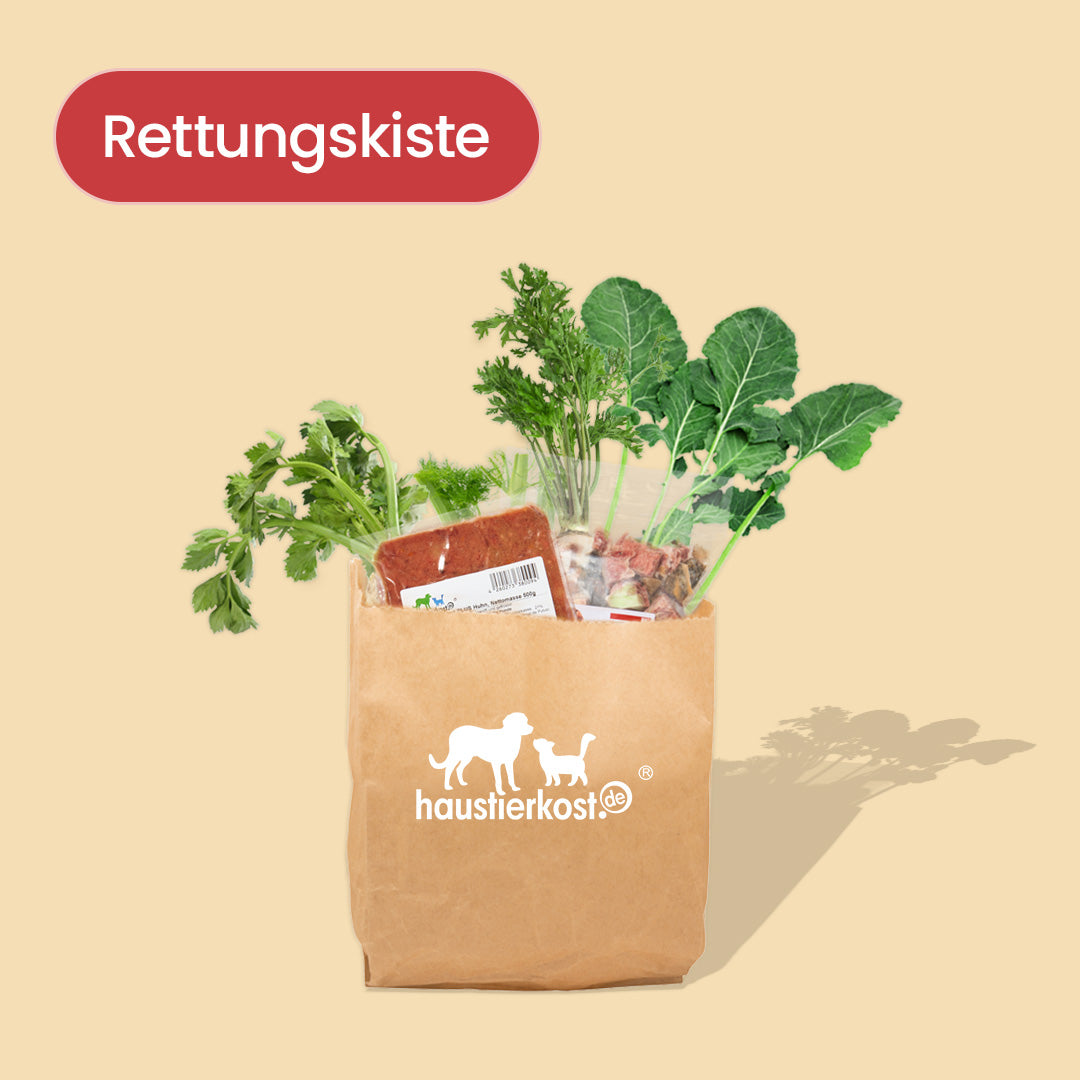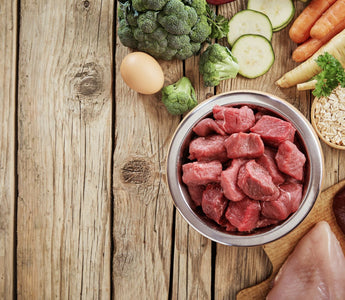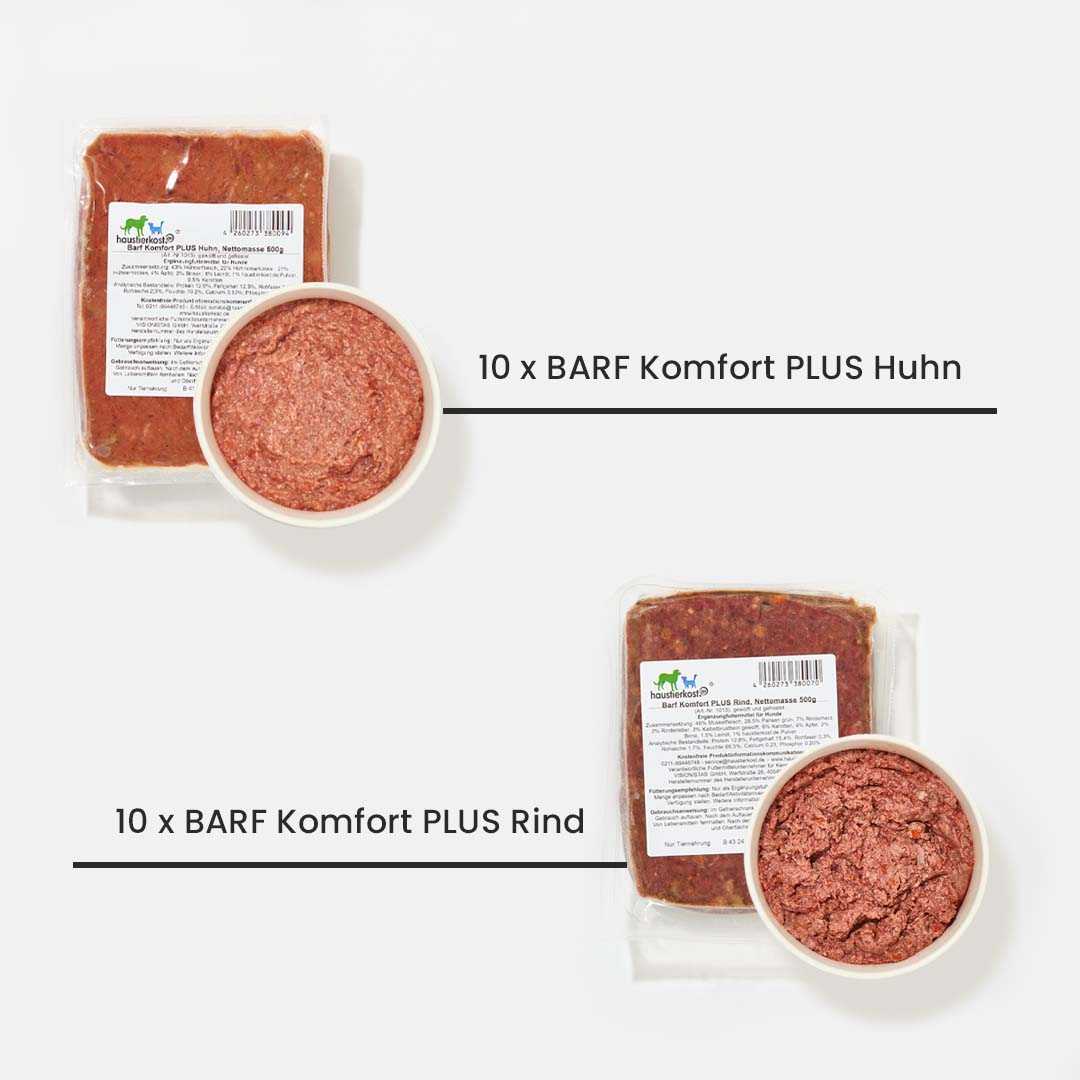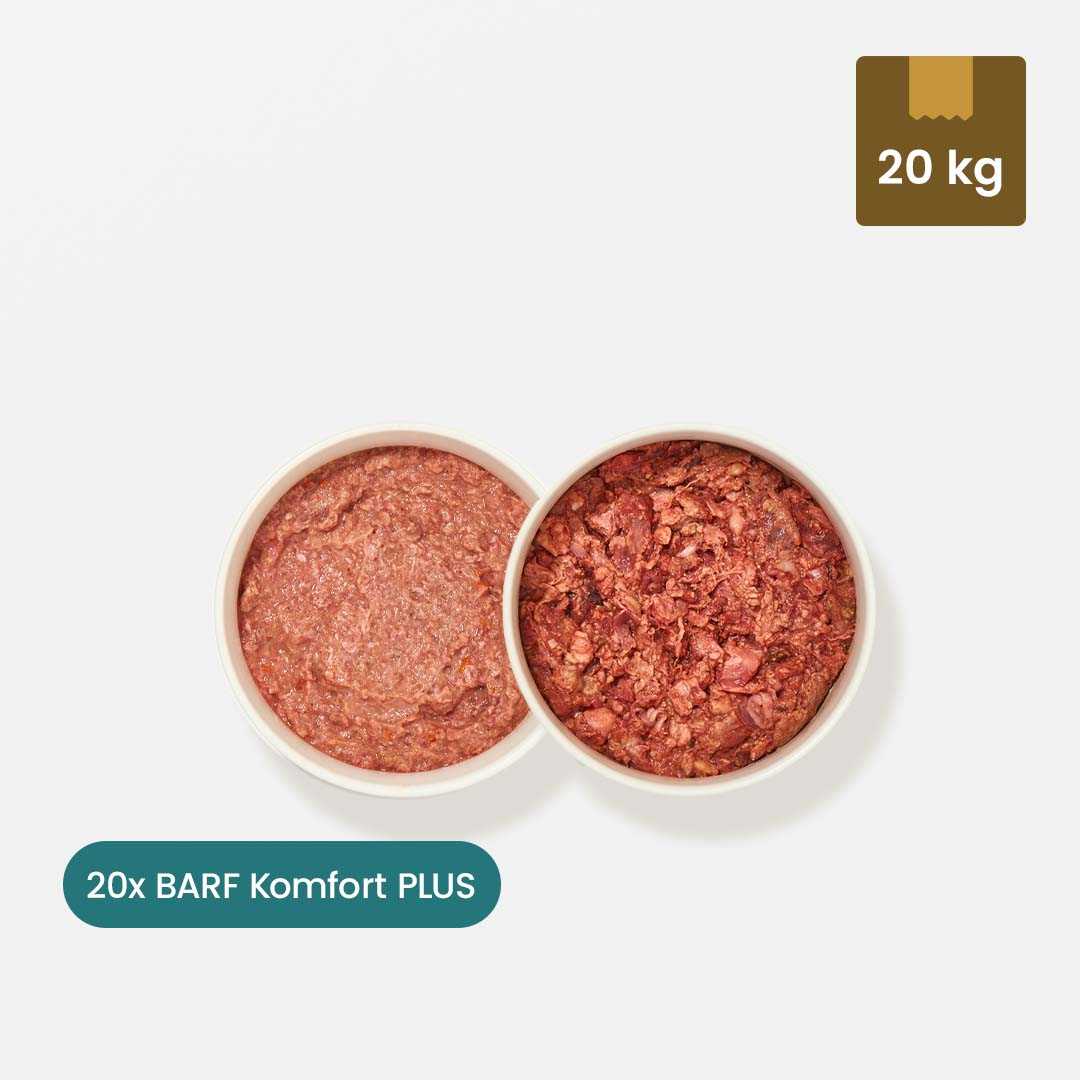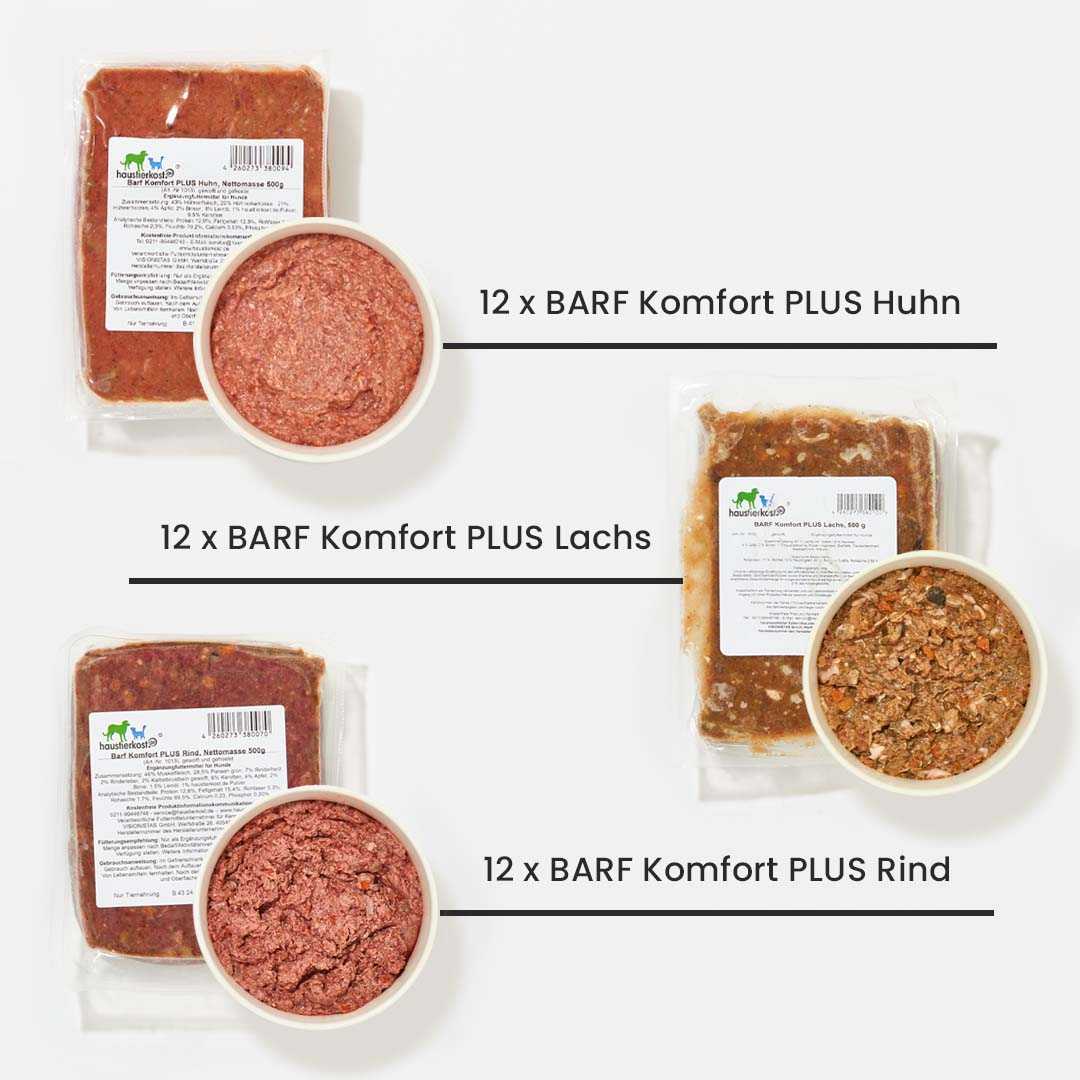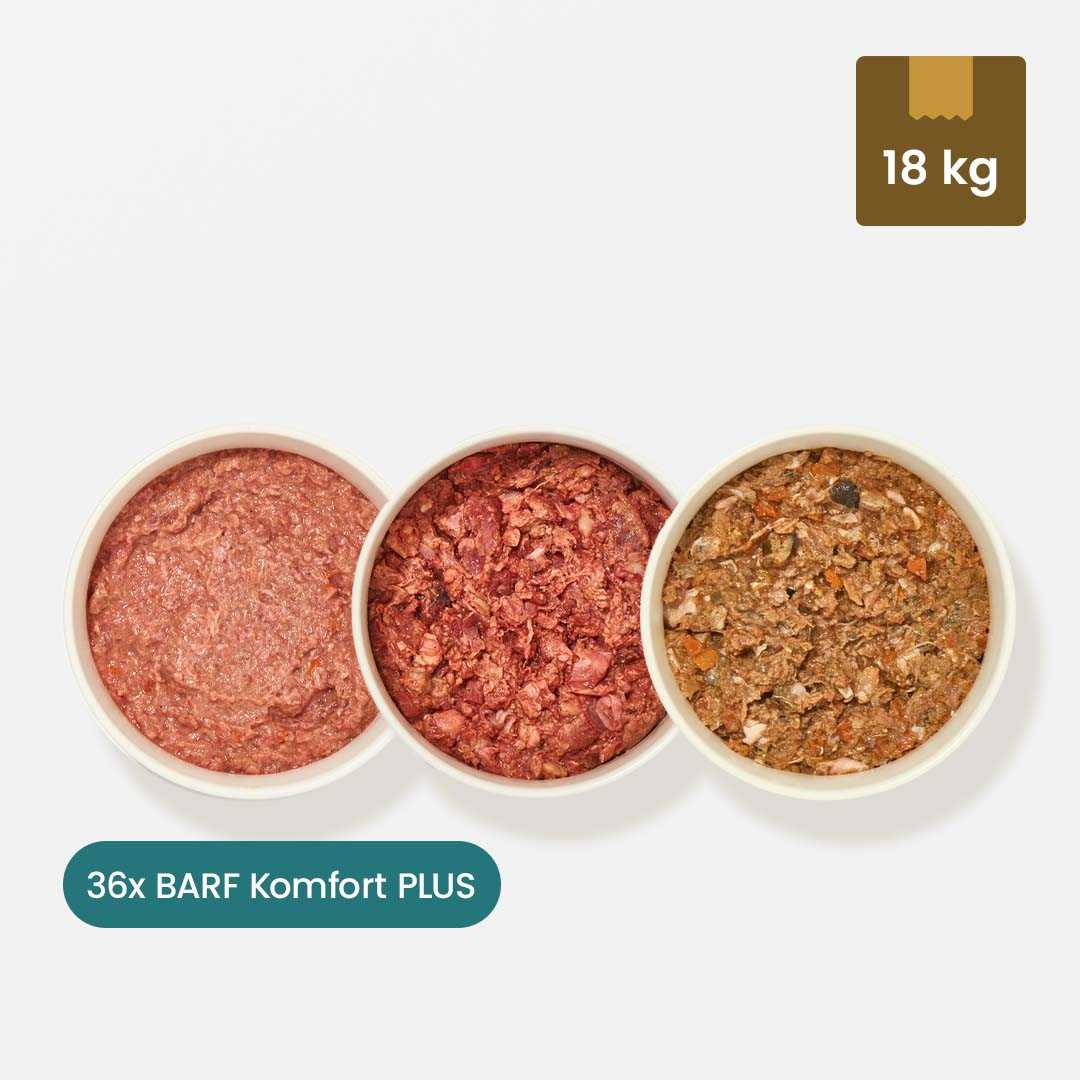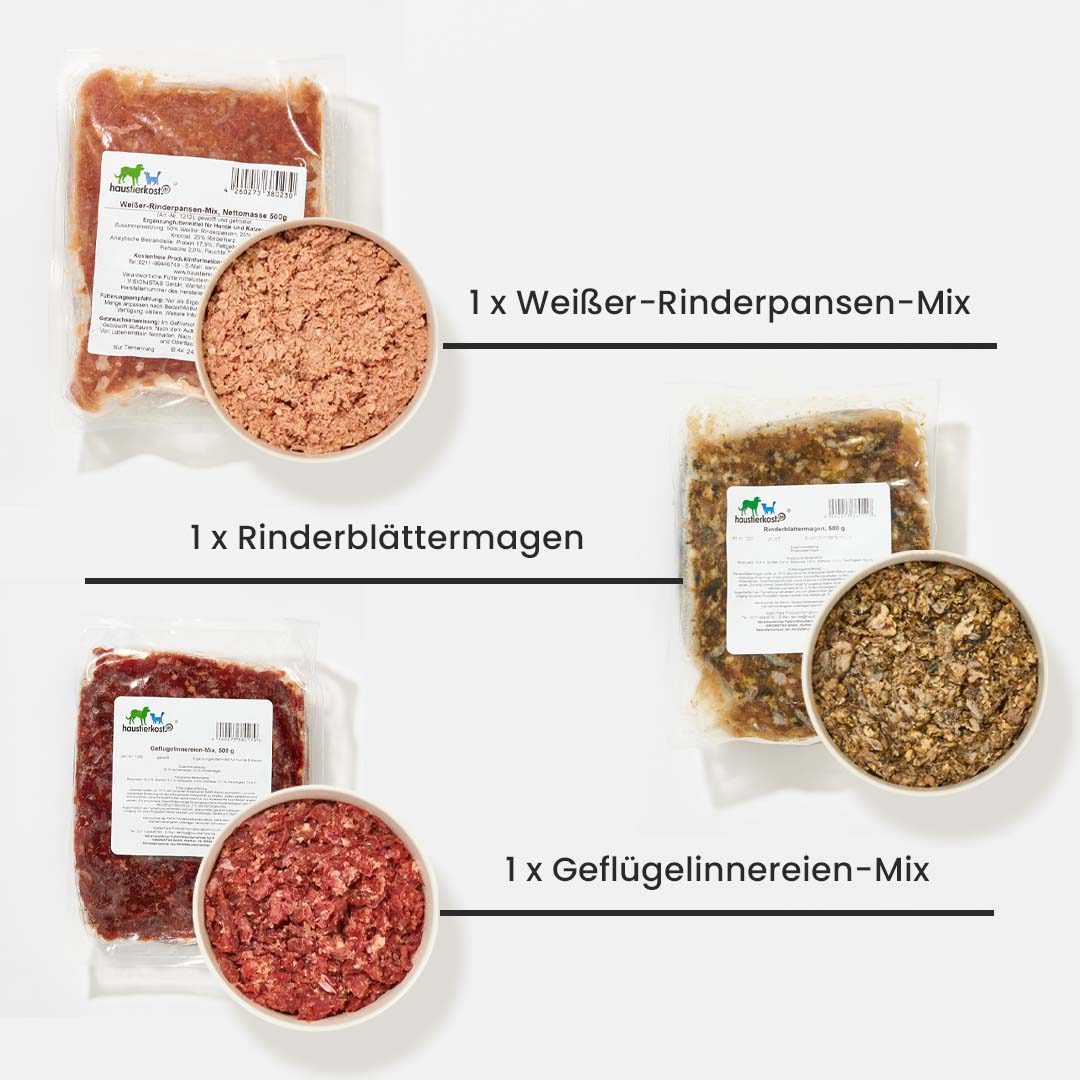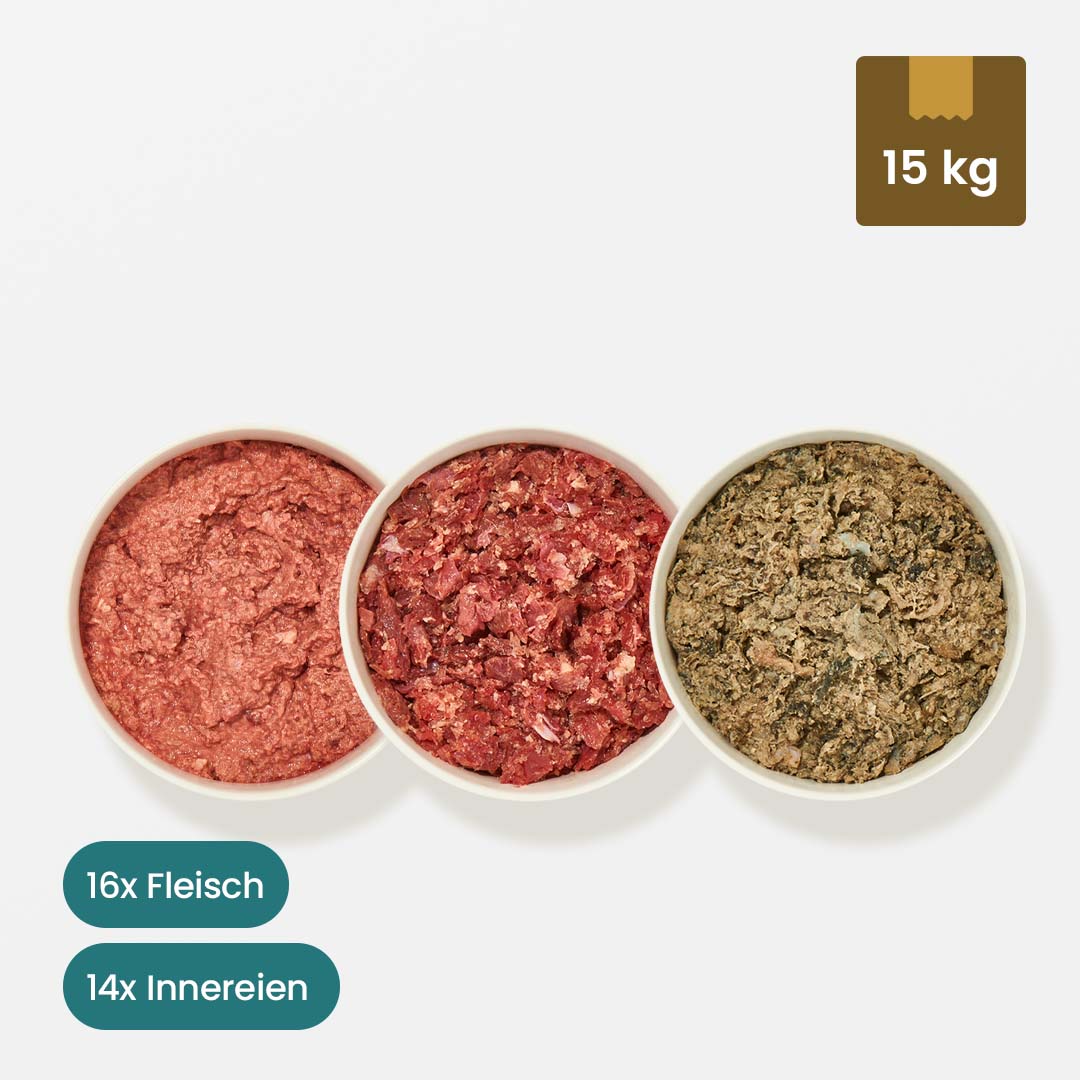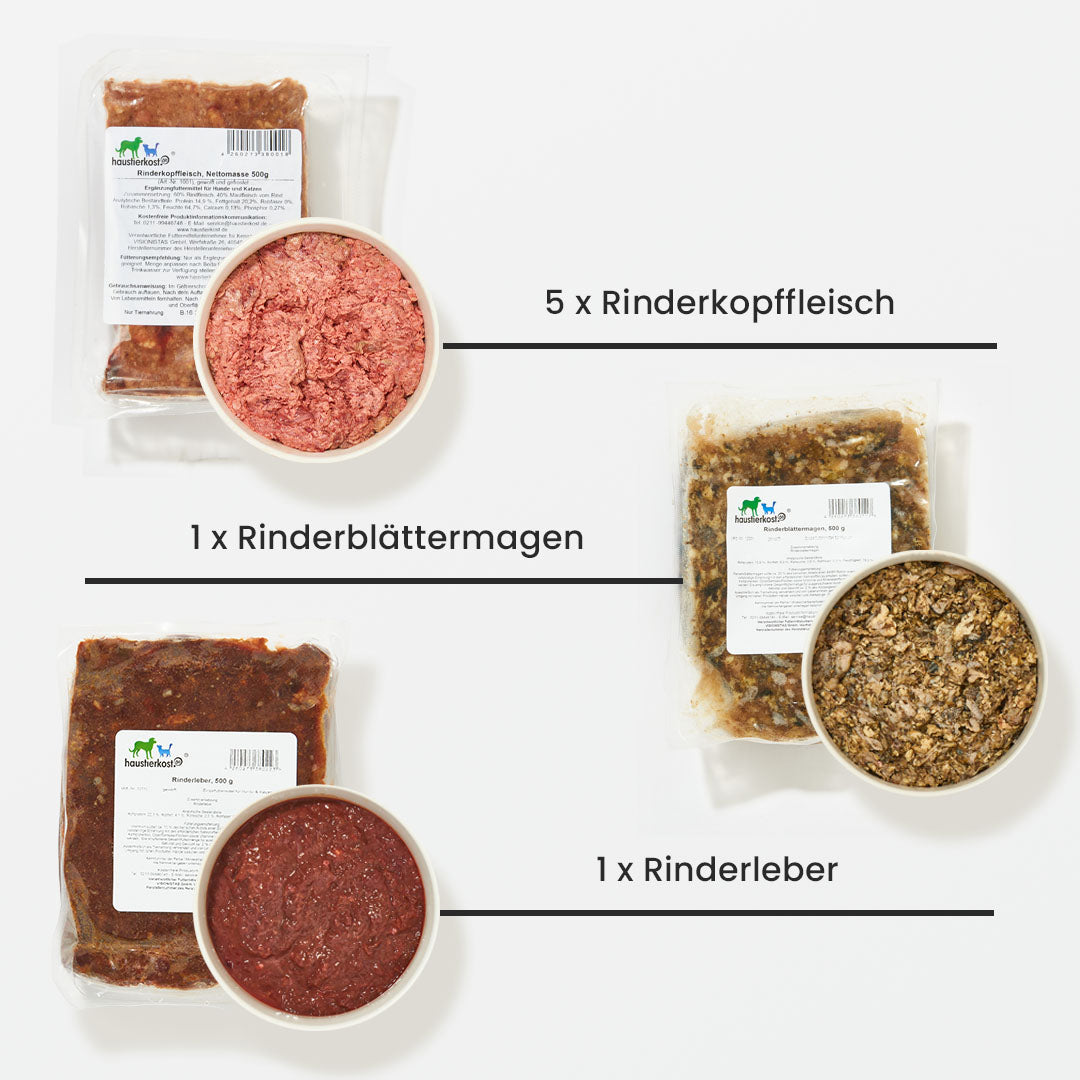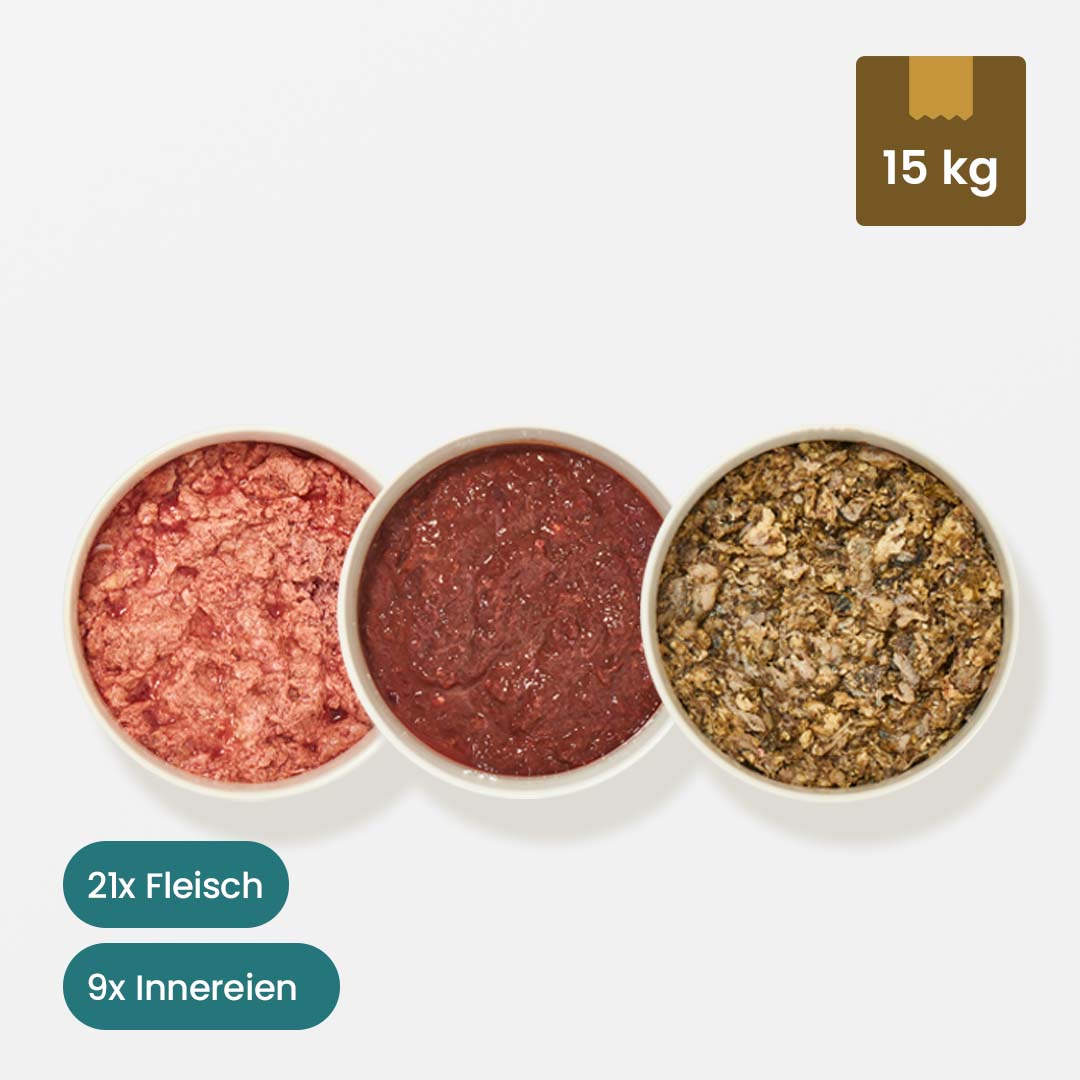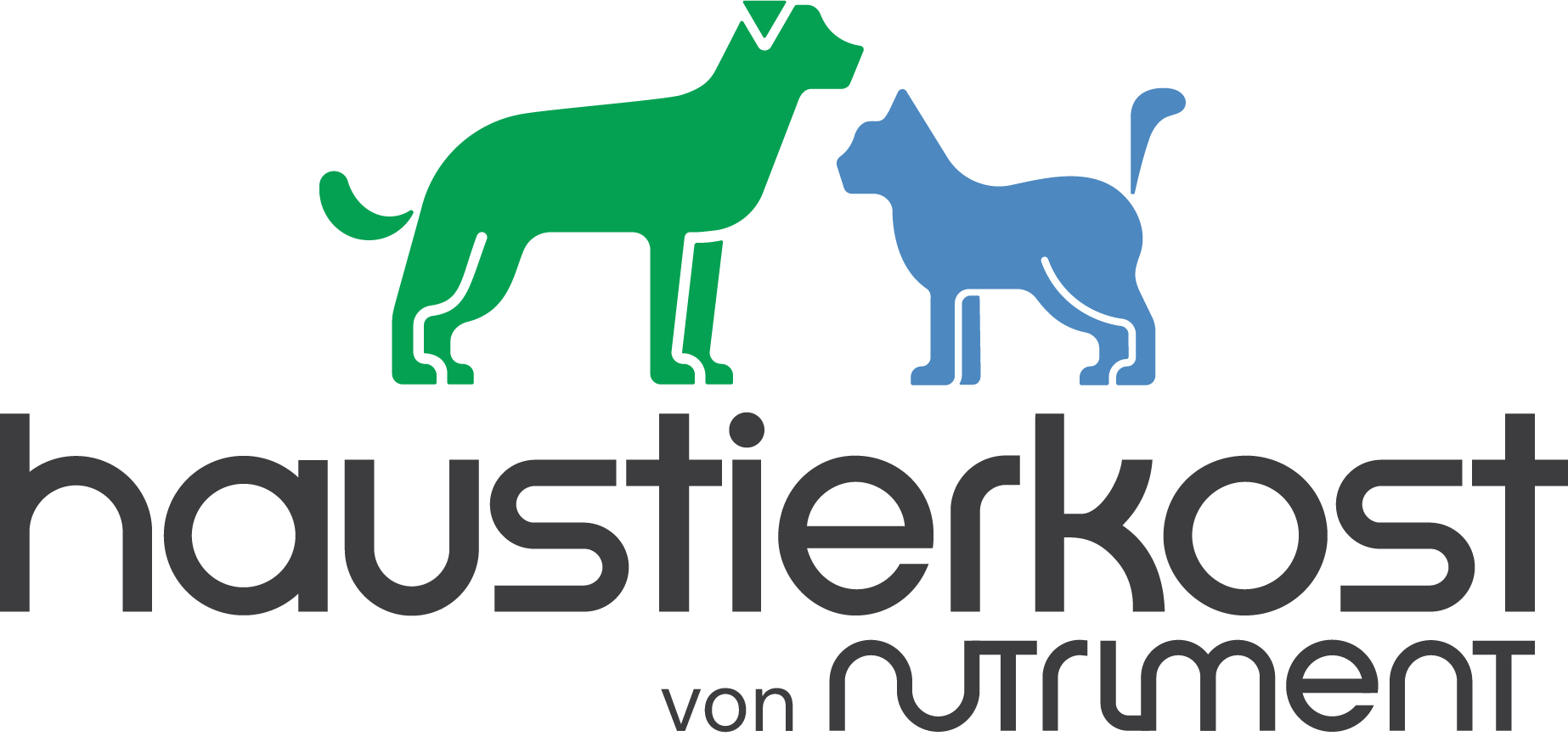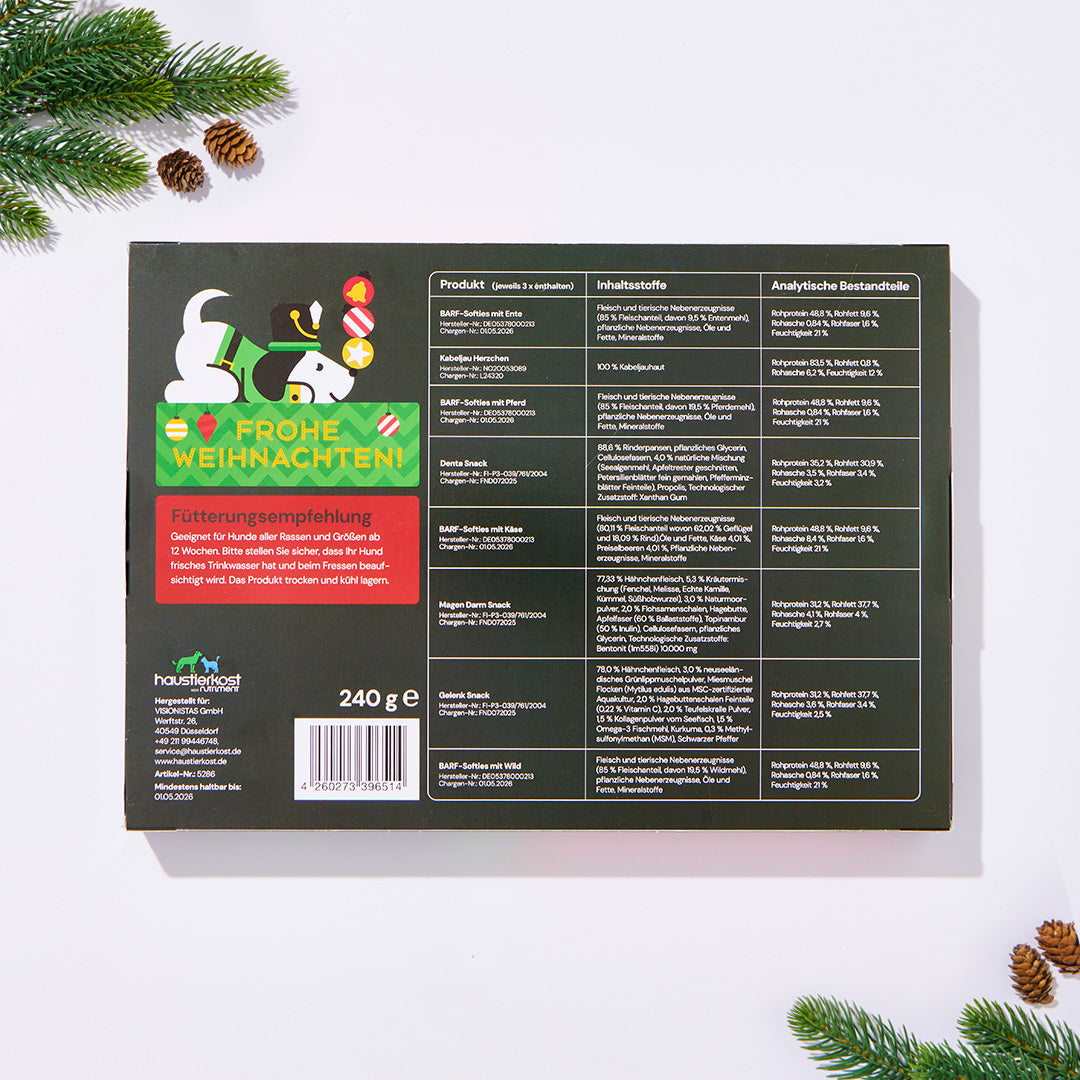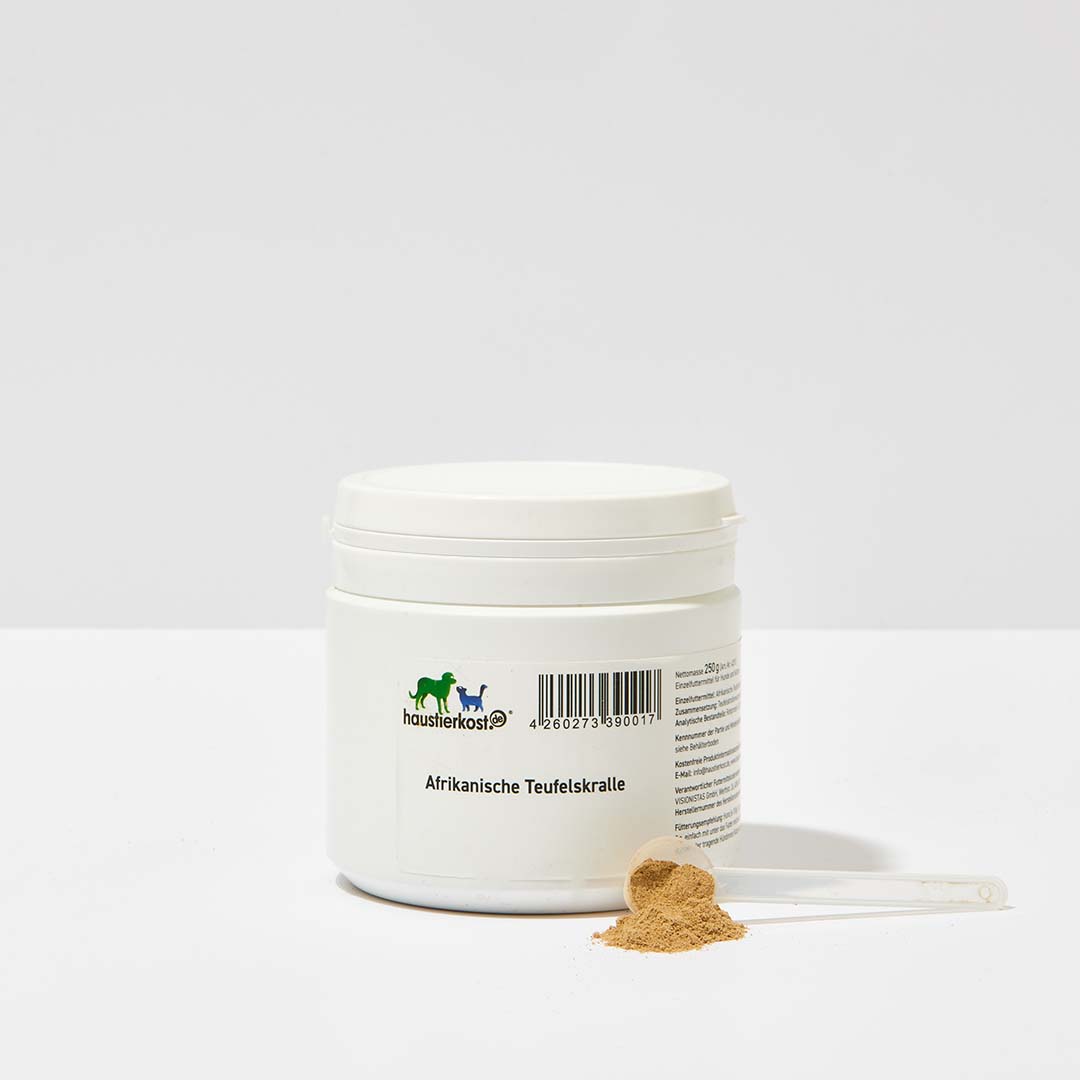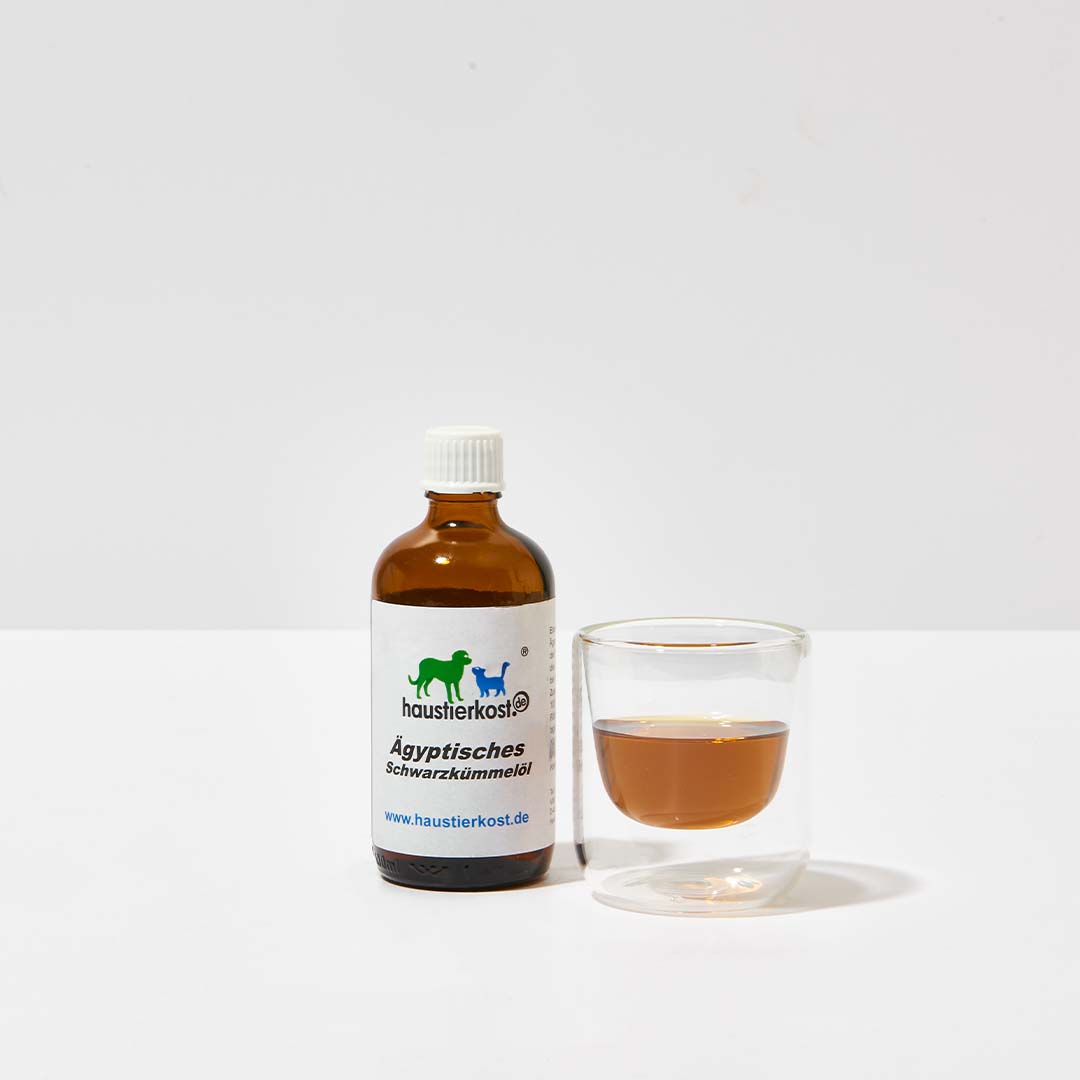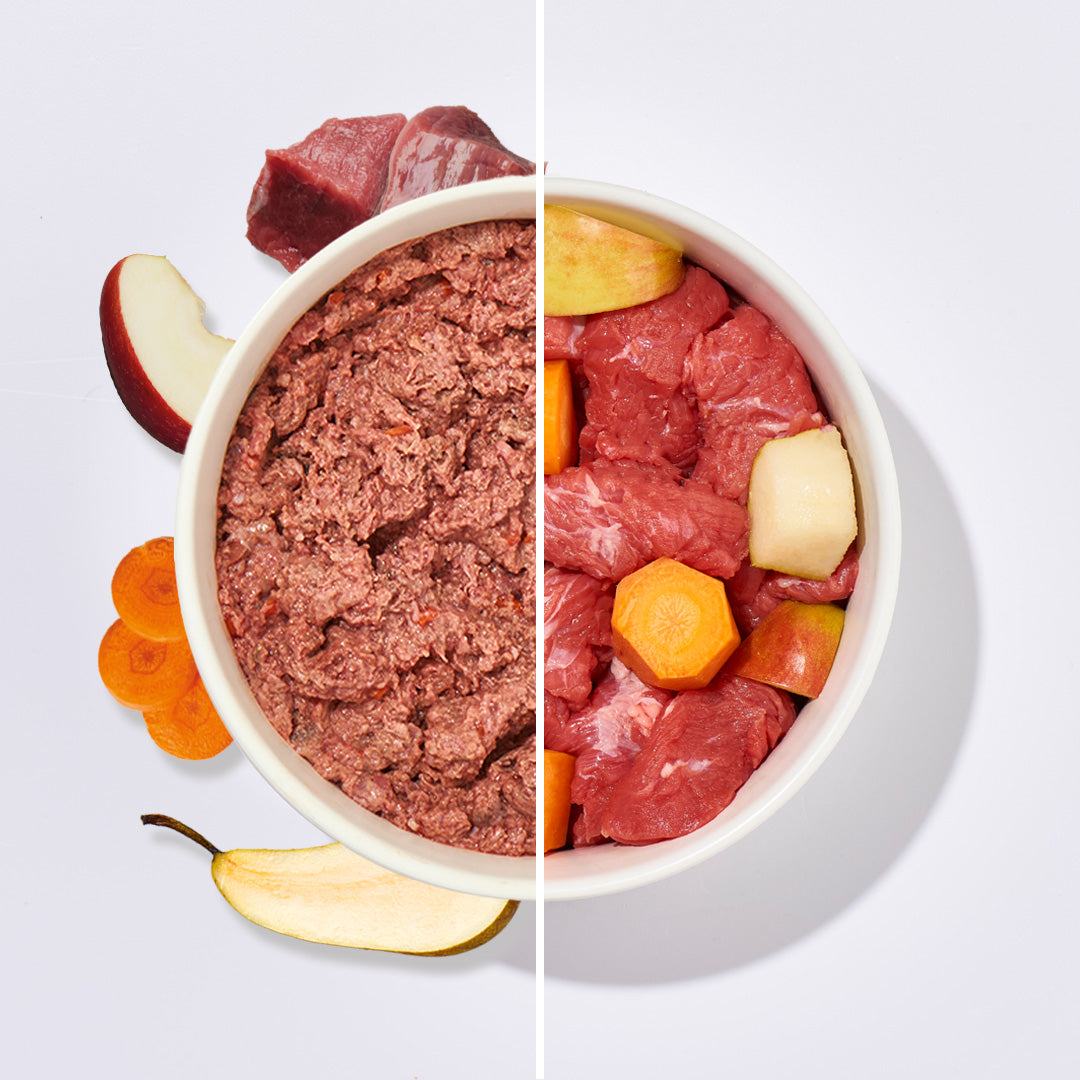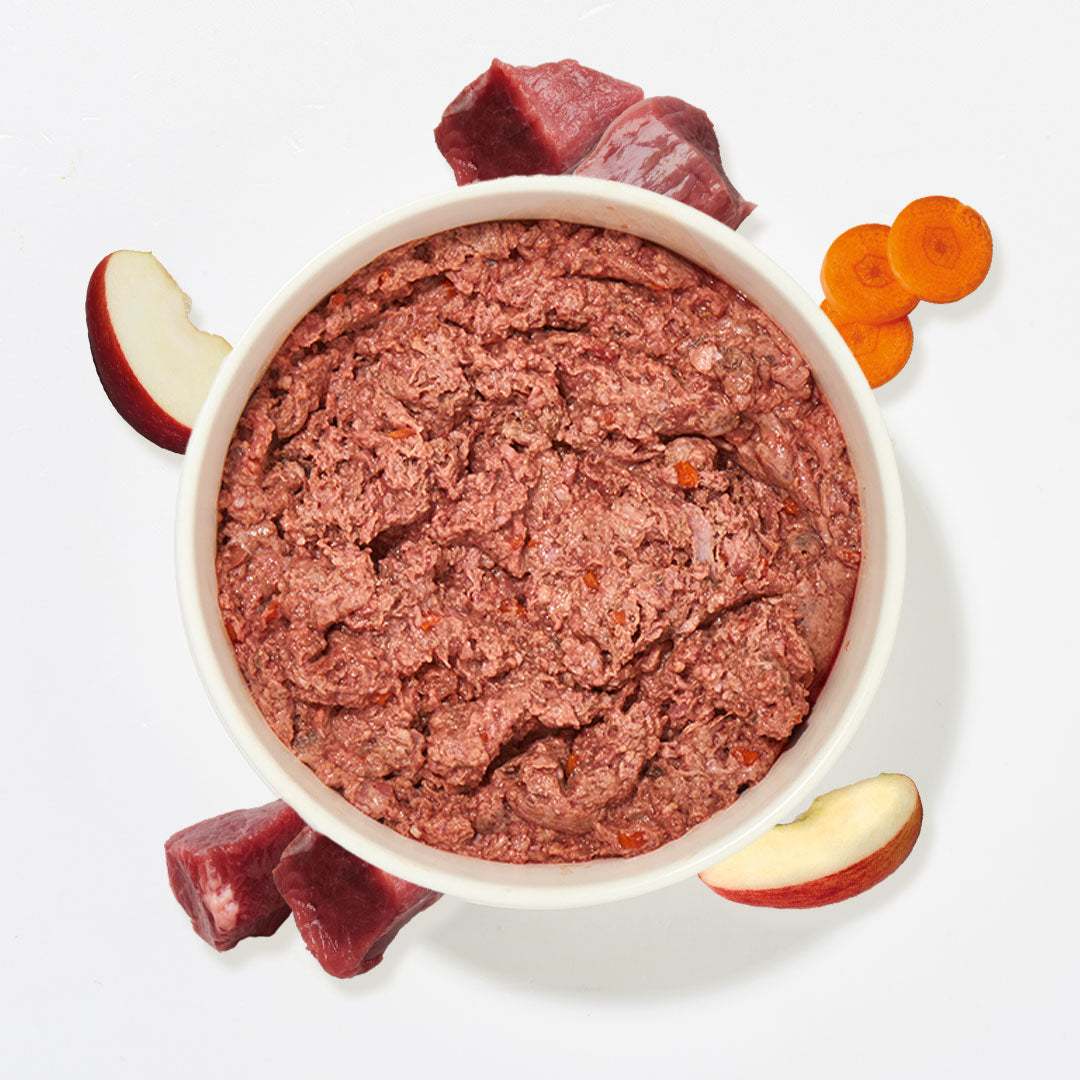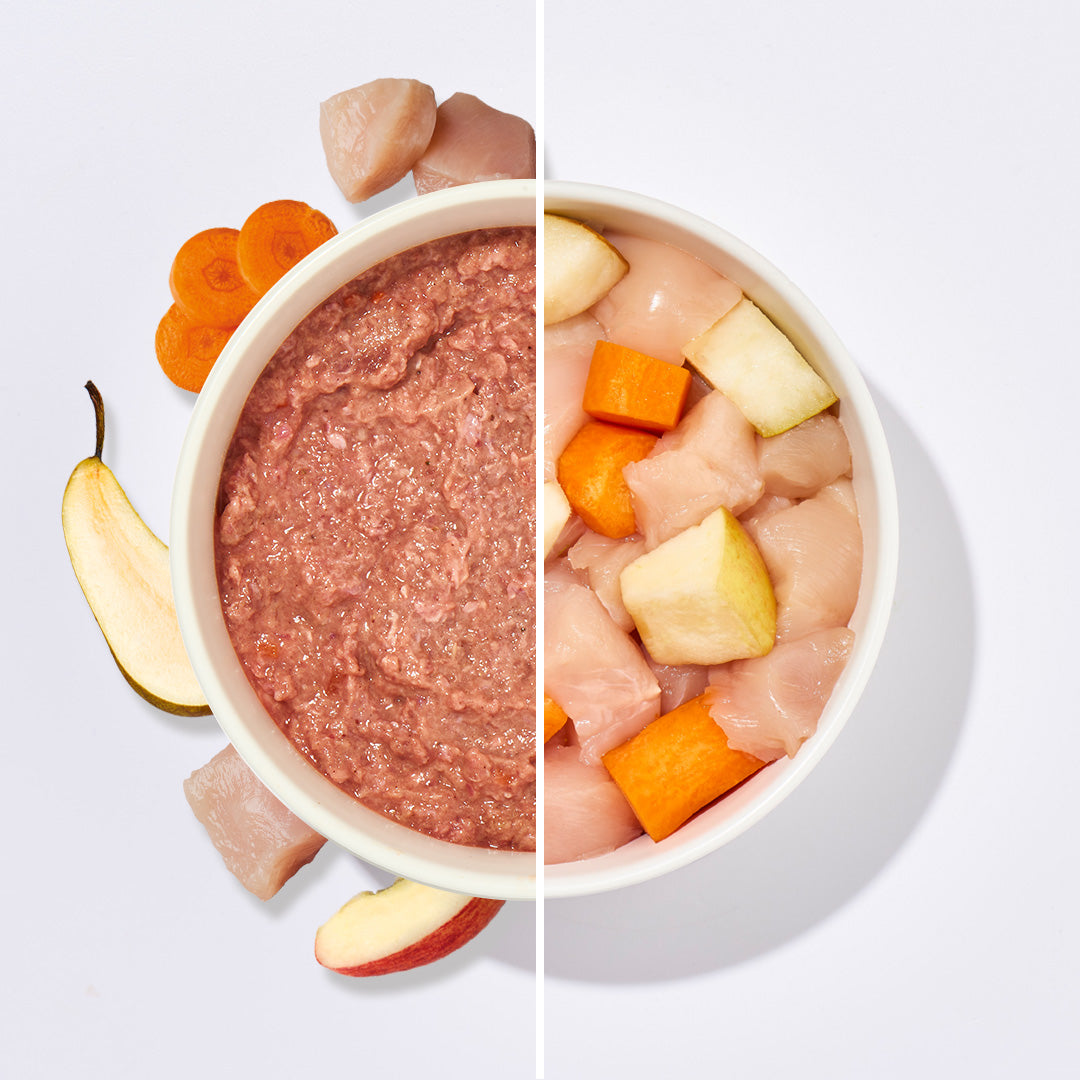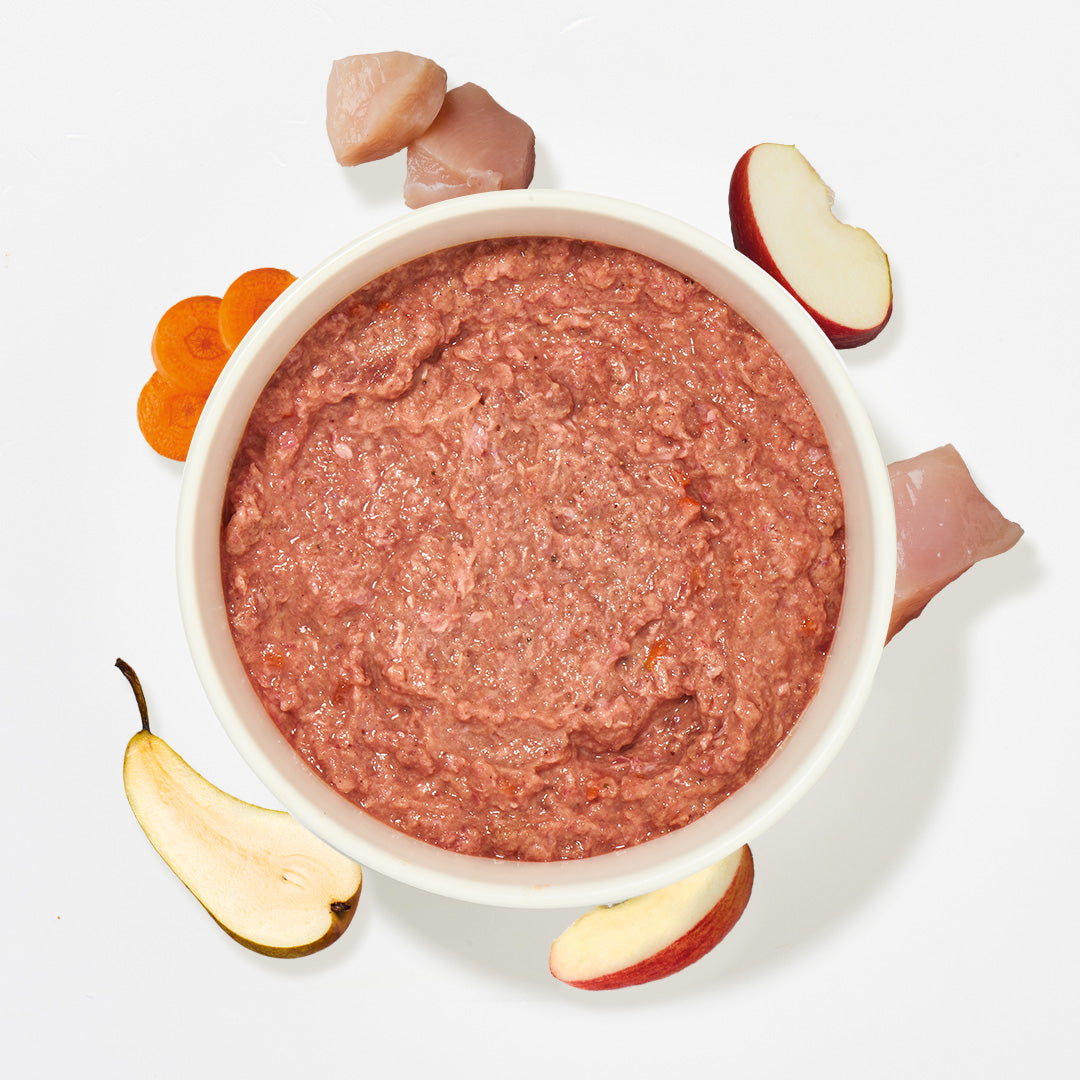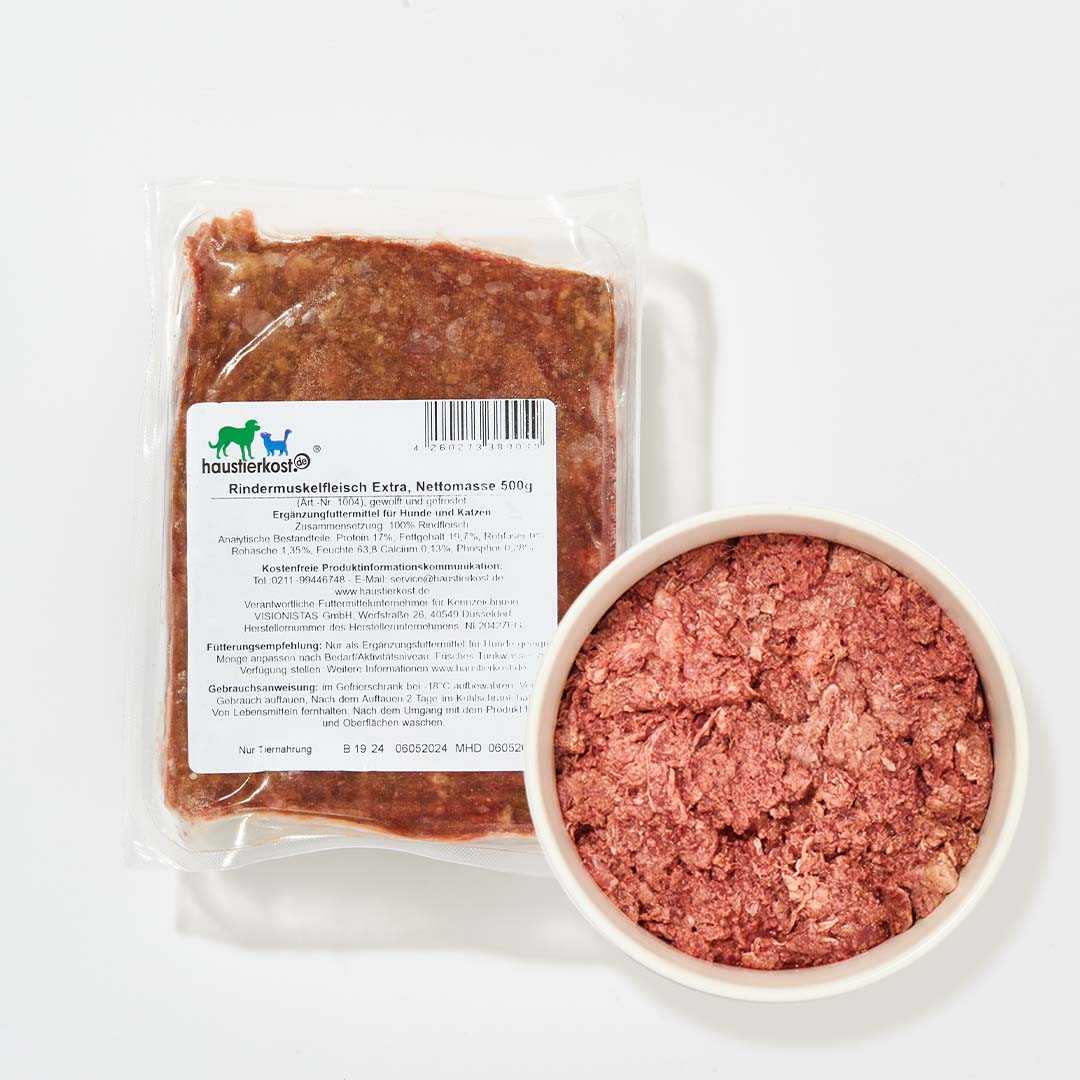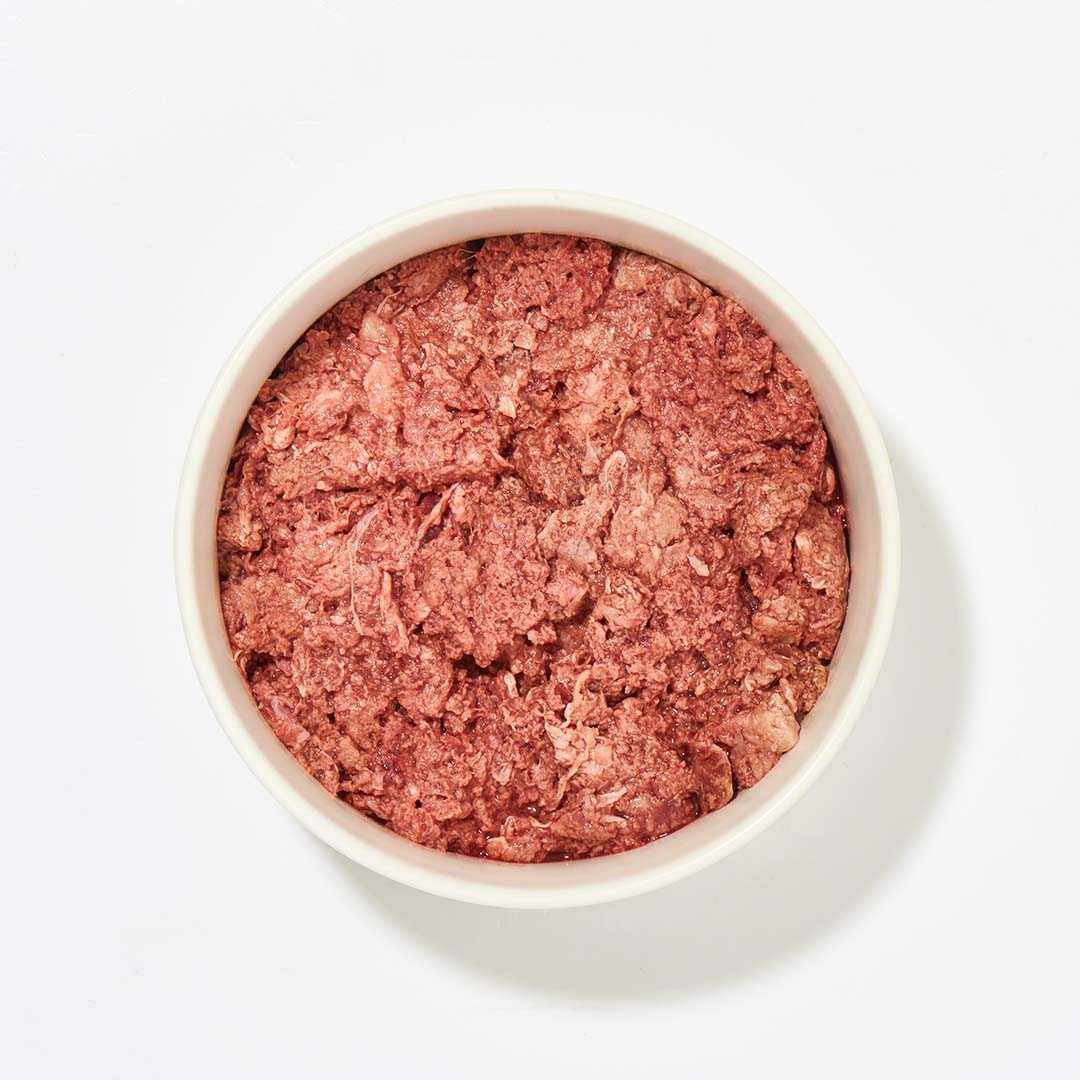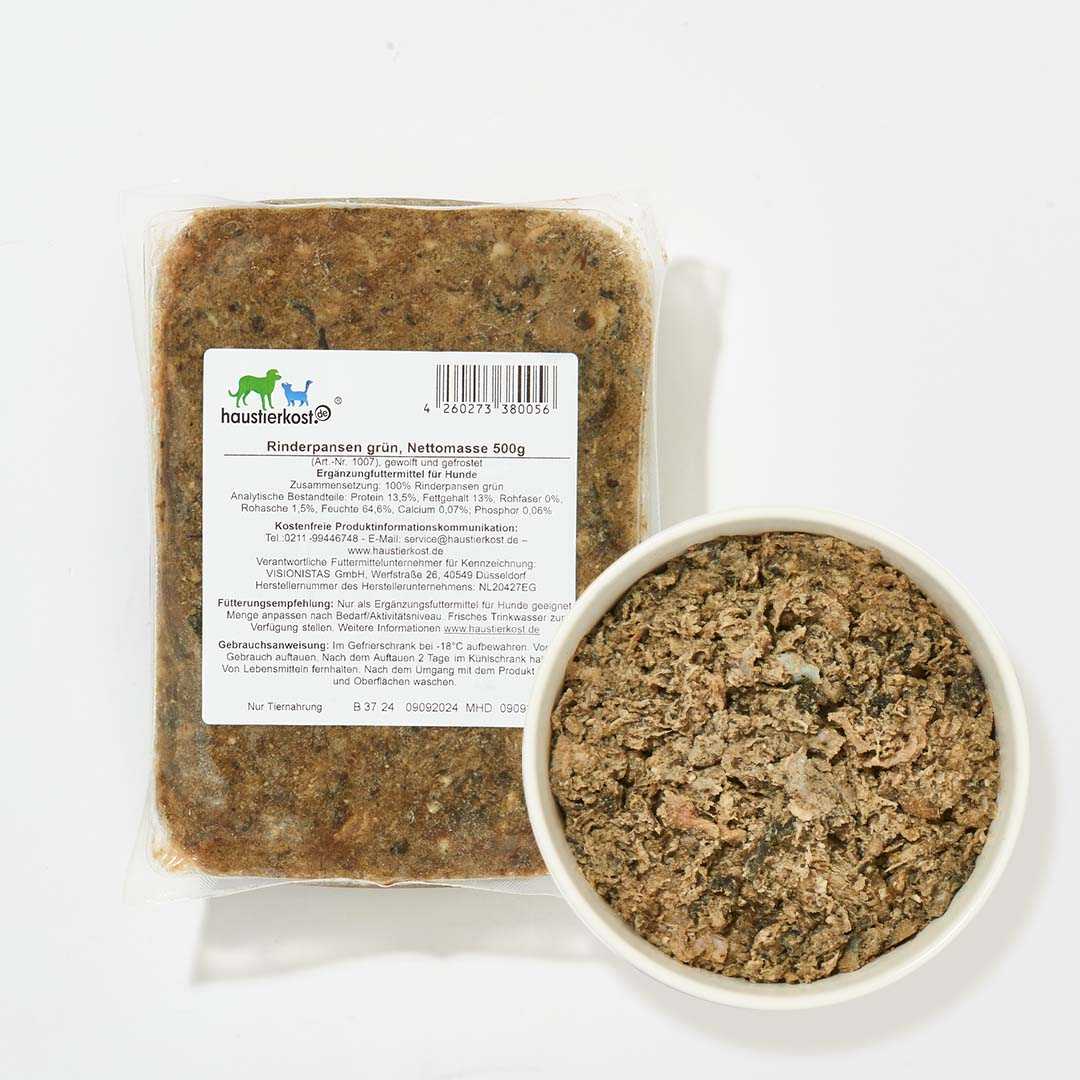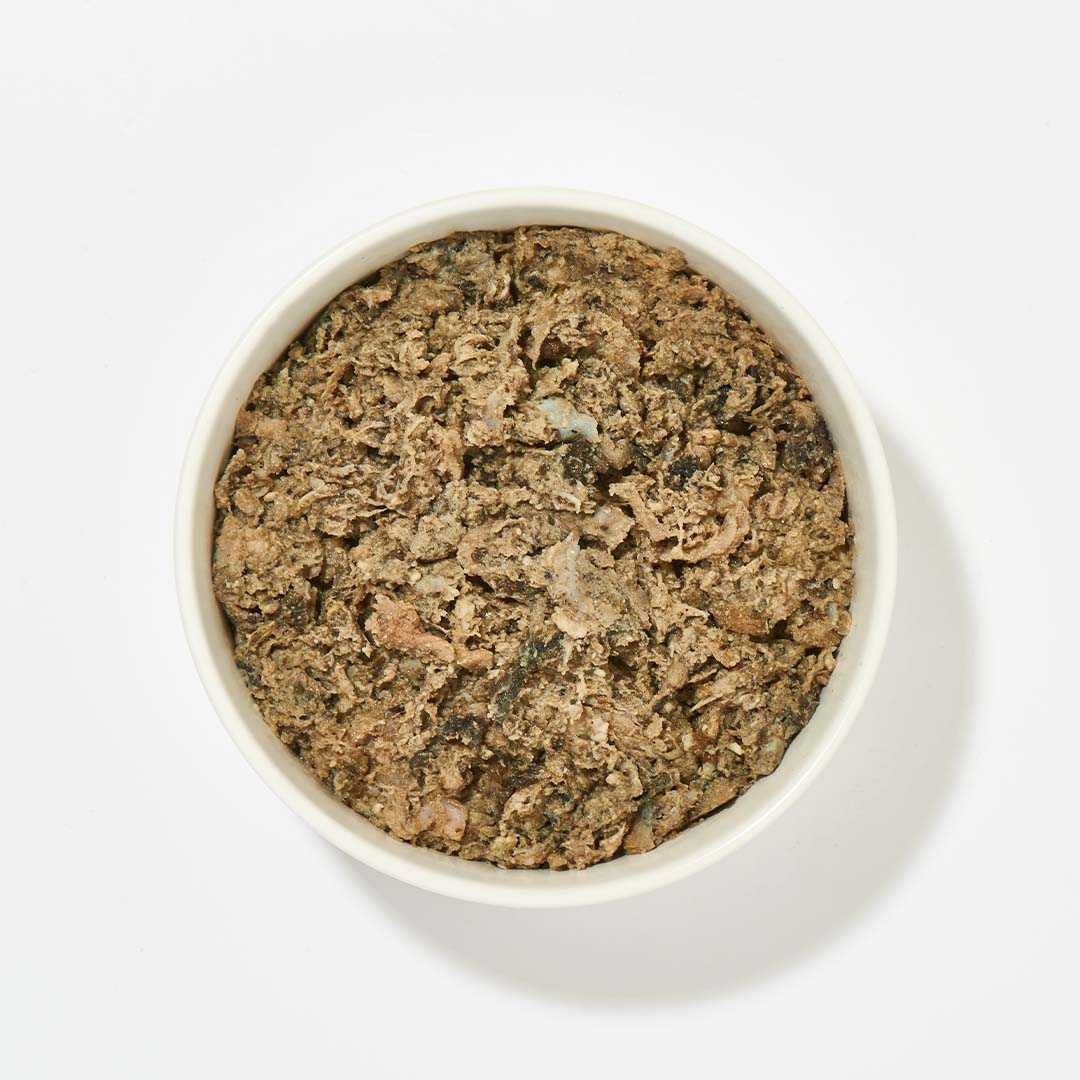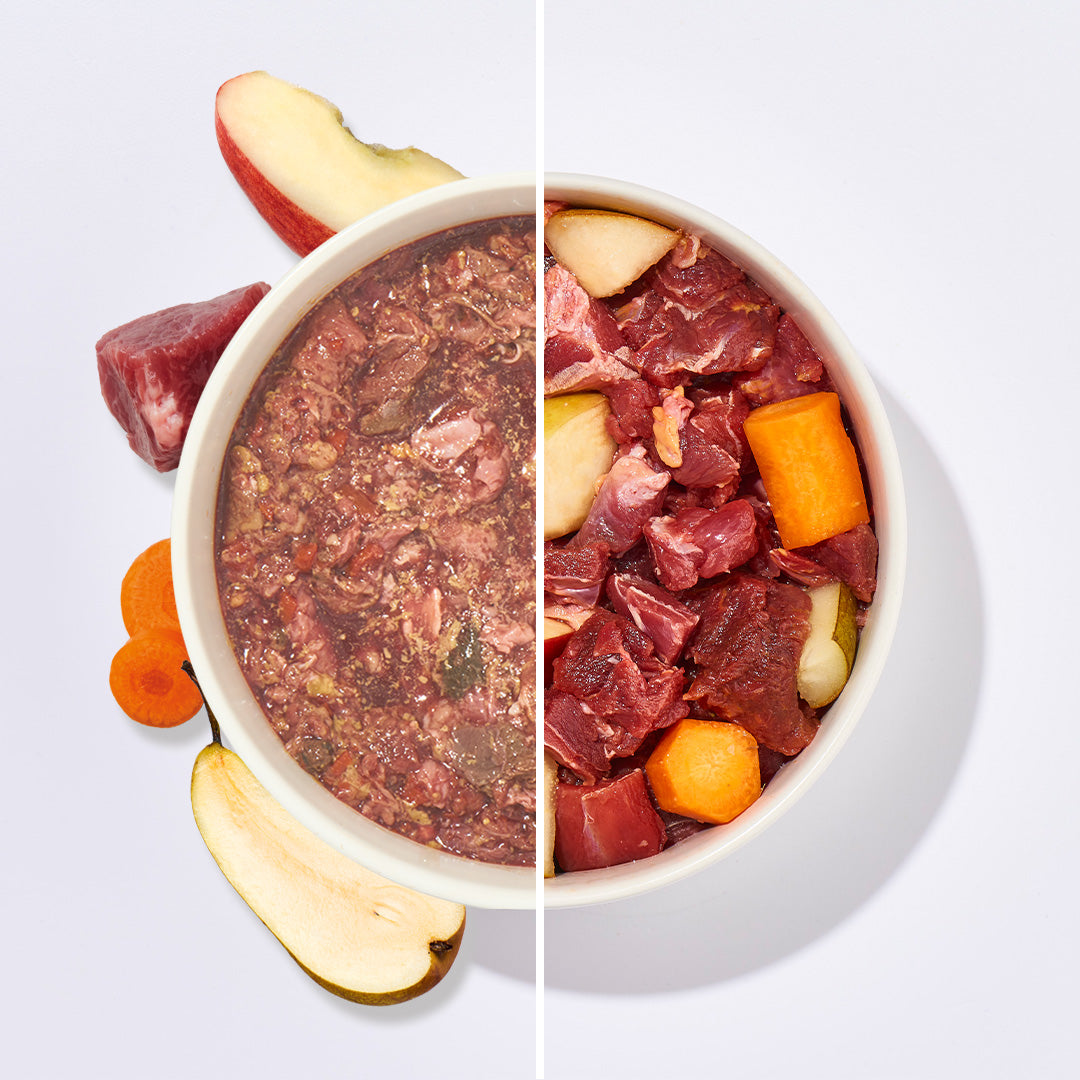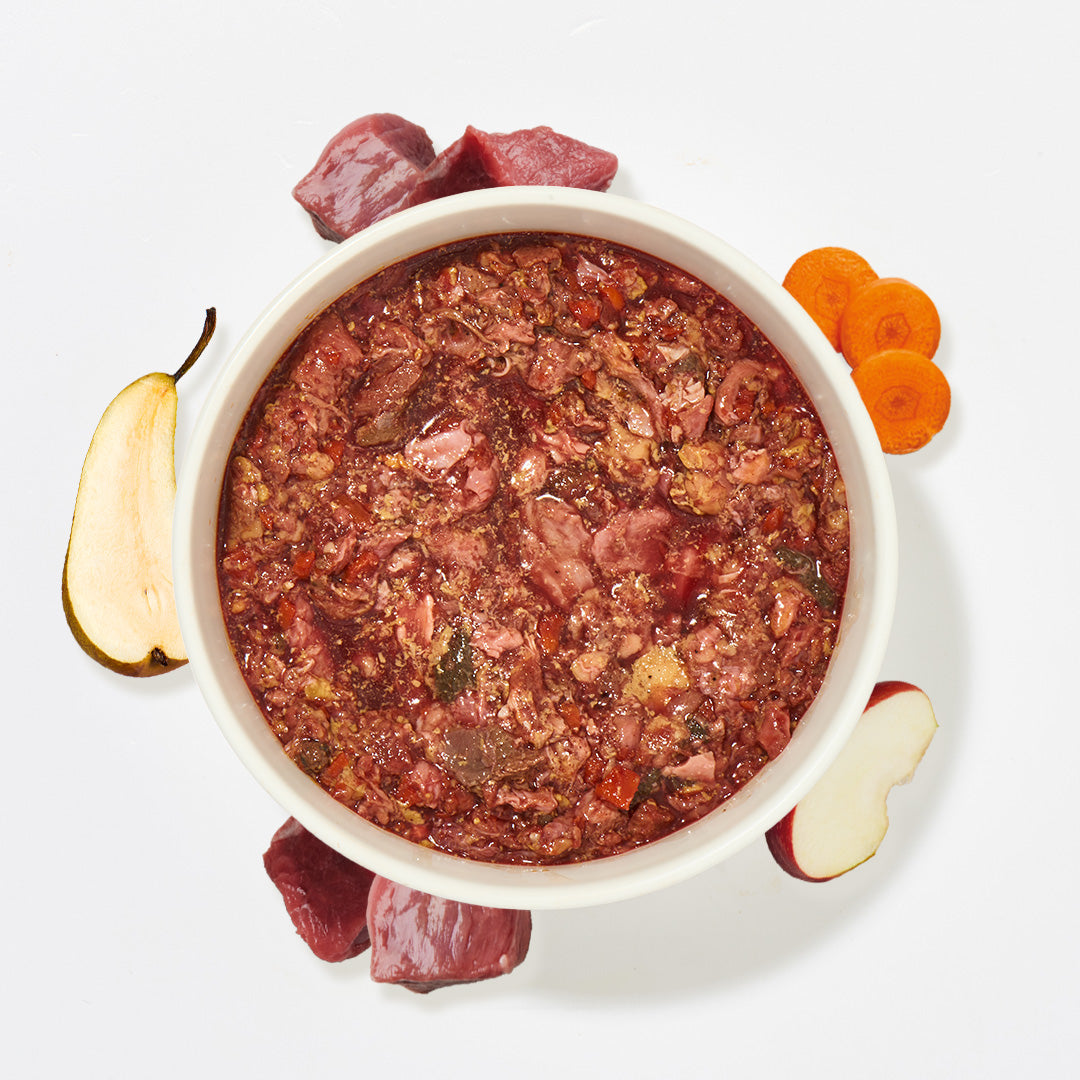BARF is often associated with salmonella because the bacteria tend to accumulate in chicken and eggs or egg dishes. Before we go into detail about the connection between BARF and salmonella, it makes sense to take a look at the bacteria themselves. They appear basically everywhere: from soil to water to fruit and vegetables. In humans, however, an infection is only considered to be present when there are 100,000 salmonella bacteria - and in dogs, this figure increases again due to the shorter digestive tract and more aggressive stomach acid. So can dogs get salmonella at all? And to what extent does BARF carry it? You can find the answers here.
Can dogs get salmonella?
Yes! However, in Germany this is less due to the quality of the BARF meat than to the storage and thawing process in your own home. As already mentioned, a harmless amount of salmonella in chicken meat is quite common. However, this increases if you store and thaw the products improperly. For good reason, the BARF for cats and dogs in our range is provided with various information on this topic.
Most of the products in our range are delivered frozen so that salmonella does not multiply in BARF. In theory, temperatures below seven degrees Celsius are enough to prevent the spread of salmonella. From freezing point onwards, the proliferation is further reduced and at -20 degrees Celsius the bacteria even die completely. However, this requires special freezers, which are rarely found in private households. For this reason, we at haustierkost.de take care of this step for you, because our meat is shock-frozen to -40 °C after it is packaged.
Of course, the principle can be reversed and the meat can be heated to high temperatures. The question here is: at what temperature do salmonella die? If you heat your BARF dog food for at least ten minutes at 70 degrees Celsius, you can be sure that there are no salmonella left in it. But this raises the question of whether it is really BARF. The salmonella may be gone, but numerous vitamins and minerals have also been fried out of the meat. All that remains of feeding raw meat is feeding. Of course, this can be done now and again when BARFing dogs and cats, but then you have to pay particular attention to the addition of other nutrients.
So you store the BARF meat frozen and then defrost it. It is important that you defrost it slowly in the fridge instead of just waiting at room temperature. The warmer it is when defrosting the BARF, the more salmonella spreads and other germs develop. In addition, the meat loses less liquid when defrosting in the fridge, which means that vitamins are better preserved. In principle, this liquid should also be fed afterwards so that all the nutrients reach your dog's body. It is also advisable to defrost the meat openly instead of in closed packaging. Bacteria spread rapidly in airtight packaging in particular.
Salmonella also accumulates in food bowls and kitchen utensils, which is why frequent washing and regular replacement is also important.
BARF without risk – what is important?
In summary, BARF does not automatically lead to salmonella. Rather, salmonella can accumulate anywhere and raw poultry meat is more susceptible to it during storage and the thawing process. In order to generally avoid salmonella, the following points are important:
- Make sure the meat is of high quality with a traceable and secure cold chain.
- Freeze the BARF meat.
- Defrost the meat in the refrigerator after removing the packaging.
- Clean kitchen utensils and bowls regularly.
- When frying the meat, heat it for at least ten minutes at 70 degrees Celsius to kill any salmonella that may be present.
